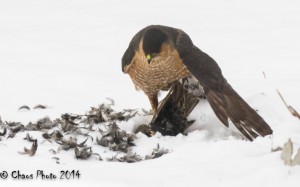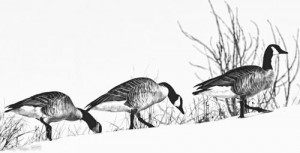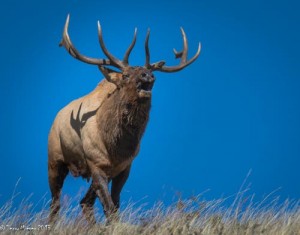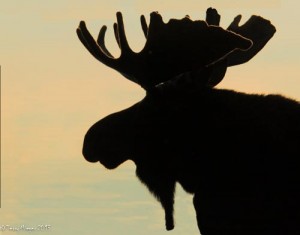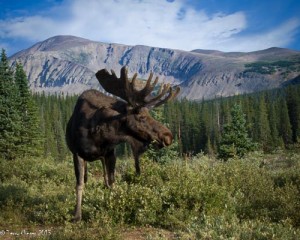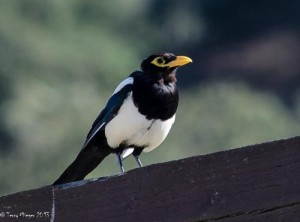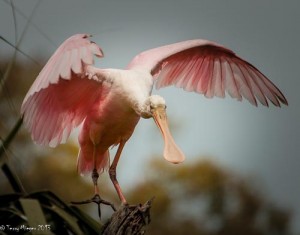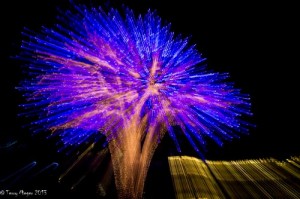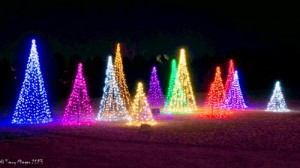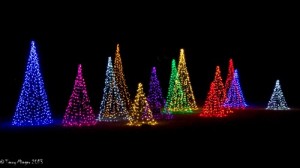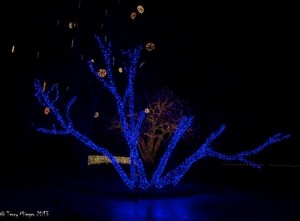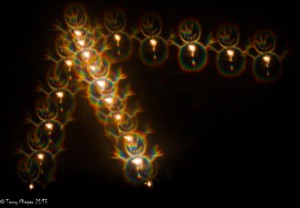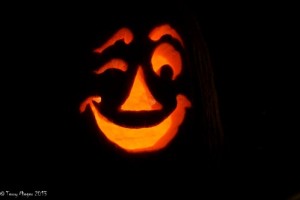Images from the Id – “The Day the Music Died”
“A long, long time ago” Don McLean sang about the deaths (February 3, 1959) of Buddy Holly, Richie Valens and J. P. Richardson. As significant and tragic this was to rock and roll and its future, the event’s contributions to our present society should be weighed in a different perspective. Now 55 years later (January 27, 2014), a more significant but less popularized death occurred.
Even those of you who know me might be surprised to know that for many years I have played the guitar, banjo, ukulele and various other “folk” instruments. Through my college years I performed as a folk singer. Pete Seeger was the leader of an informal but significant group of performers who combined entertainment with a socially significant conscience. Pete’s causes were/are my causes. Civil rights, environmental action, antiwar, social justice to name a few. This meant he made enemies and many attempts were made to silence him. He was called a “commie” and various other names. He was persecuted and unsuccessfully censored. His music became classic. “Turn, Turn” (the Biblical statement of man’s place in the Universe), “Where Have All the Flowers Gone” (anti-war) and the folk song “We Shall Overcome” was adapted by Pete to become the anthem for civil rights movement. These are just a few. The songs had a message.
Now he’s gone. I will miss him. It’s too bad but the country has entered an era of just the opposite values. Greed and accumulating wealth have out weighed the truth of the Universe. Man is just one small part of the way things really work and when we lose this understanding humanity is doomed. I heard this morning that the House of Representatives passed a bill which would divert water to the drought parched farm lands of California, destroying the coastal ecosystems of the state. “When Will They Ever Learn, When Will They Ever Learn?”. Seems the message is being lost, Pete’s gone. Continued suppression of same sex marriage and partnerships, Pete’s gone. Continued government attacks on the poor, Pete’s gone. There are far to many examples. His voice, the voice of many has vanished.
So what has this to do with photography? The strongest photograph tells a story, has a cause, has emotion. The difference between a “snapshot” and a worthy, if artistic image is what it tells the viewer. I challenge you to find and record images which cause people to react with emotion and tell your story. Photojournalism should represent the facts and record the history of events. Sad to say it sometime twists it. Your photograph should reflect what you feel, how you think and your vision of the world. I don’t care what your story or cause is tell in your photographs.
Today’s Photograph –
“To every thing there is a season, and a time to every purpose under the heaven:
A time to be born, and a time to die; a time to plant, a time to reap that which is planted;
A time to kill, and a time to heal; a time to break down, and a time to build up;
A time to weep, and a time to laugh; a time to mourn, and a time to dance;
A time to cast away stones, and a time to gather stones together; a time to embrace, and a time to refrain from embracing;
A time to get, and a time to lose; a time to keep, and a time to cast away;
A time to rend, and a time to sew; a time to keep silence, and a time to speak;
A time to love, and a time to hate; a time of war, and a time of peace.”
Pete Added ” I swear it’s not too late.” to the end and phrase and title “Turn! Turn! Turn!”
A backyard Sharp-shinned Hawk and Starling, 1/1500 sec, f6.7 iso, 800 400(600) mm, and +1/2 ev overexposure, processed in Lightroom 5.3


